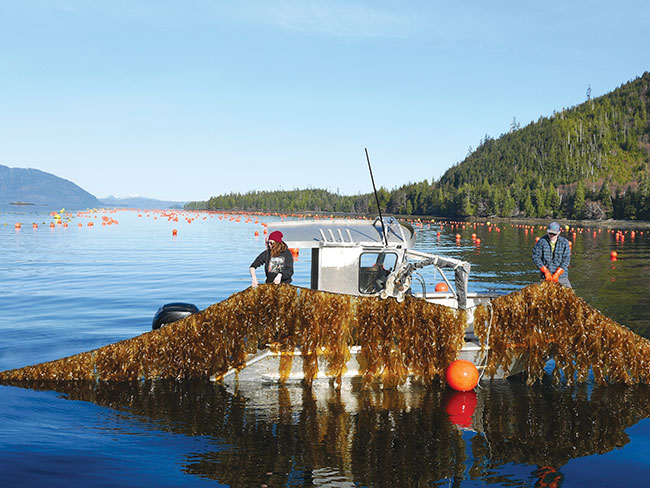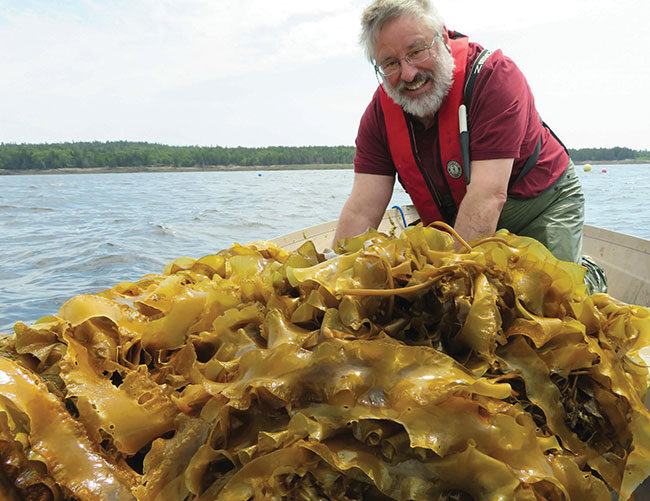| |
| |
 |
 |
| |
 |
|
@{mv_date_MMM d, yyyy}@ |
| |
|
| |
Alaska has a lot of room to expand its mariculture industry but access to markets and logistical issues threaten this expansion.
- Seyitan Moritiwon, Associate editor
|
|
| |
|
| |
 Lethbridge Polytechnic is looking to begin new research studies around canola-based feed in aquaponics.
» Read More...
Lethbridge Polytechnic is looking to begin new research studies around canola-based feed in aquaponics.
» Read More...
Atlantic Canada Fish Farmers Association premiered a new video to promote salmon farming careers to high school students in the region.
» Read More...
Altis Principal Investments, a company that invests in private equity companies, has acquired a 35 per cent stake in Oxzo, an oxygenation service company for salmon aquaculture.
» Read More...
|
| |
|
| |

Aquaponic farming-raising fish and vegetables together commercially-is the most promising innovation for a sustainable, profitable, localized food system. Until now, systems have largely focused on warm-water fish such as tilapia. A lack of reliable information for raising fish and vegetables in the cool climates of North America and Europe has been a major stumbling block.
» Shop Now
|
| |
|
| |
 It’s hard not to get excited about mariculture in Alaska. With more coastline than the rest of the United States combined, Alaska is blessed with ample room to expand its mariculture industry, focusing on farming shellfish and seaweed. The primary species grown include oysters, blue mussels, and sugar, ribbon and bull kelp.
» Read More...
It’s hard not to get excited about mariculture in Alaska. With more coastline than the rest of the United States combined, Alaska is blessed with ample room to expand its mariculture industry, focusing on farming shellfish and seaweed. The primary species grown include oysters, blue mussels, and sugar, ribbon and bull kelp.
» Read More... |
| |
 The world of aquaculture recently honoured a tireless advocate of seaweed culture and his life’s work. Thierry Chopin, professor of Marine Biology at the University of New Brunswick in Canada and a tireless advocate of seaweed aquaculture, passed away on July 18, 2024, on Prince Edward Island in Canada. He was 65.
» Read More...
The world of aquaculture recently honoured a tireless advocate of seaweed culture and his life’s work. Thierry Chopin, professor of Marine Biology at the University of New Brunswick in Canada and a tireless advocate of seaweed aquaculture, passed away on July 18, 2024, on Prince Edward Island in Canada. He was 65.
» Read More... |
| |
| |
|
| |
University of Stirling professor Dr. Jimmy Turnbull answers the important questions about fish welfare and the challenges that need to be addressed for the future of aquaculture.
» Read More...
The National Oceanic and Atmospheric Administration’s (NOAA) Office of Habitat Conservation announced up to $240 million in funding for habitat restoration and coastal resilience.
» Read More...
|
| |
|
| |

|
| |
|
| |
|
|
| |
| |







